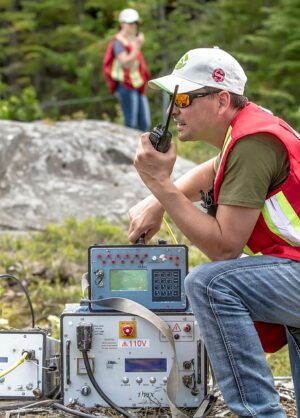CoolSculpting, a non-surgical fat reduction method, relies heavily on a CoolSculpting technician's skill and certification for safety and effectiveness. These specialists undergo extensive training in advanced techniques, ensuring precise targeting of fat cells while protecting surrounding tissues. They offer personalized consultations, monitor patient comfort and vital signs, and provide post-treatment guidance, minimizing risks and maximizing results. Choosing a qualified technician with formal training in device placement and setting optimal parameters is crucial for achieving desired slimming outcomes with minimal discomfort or side effects.
Choosing the right CoolSculpting provider is key to achieving safe, effective fat reduction. This non-invasive treatment has gained popularity for its ability to target and eliminate stubborn fat cells. In this article, we explore the vital role a qualified CoolSculpting technician plays in ensuring optimal results. From understanding the procedure to highlighting best practices, we’ll guide you through the essential aspects of selecting a provider, focusing on qualifications, certification, and expert technique to help you make an informed decision for your body contouring journey.
- Understanding CoolSculpting: The Non-Invasive Fat Reduction Treatment
- The Role of a Qualified CoolSculpting Technician
- Ensuring Safety: Precautions and Guidelines for the Procedure
- Proper Technique: How an Expert Technician Executes the Treatment
- Uncovering Best Practices for Optimal Results
- Building Trust: Qualifications, Certification, and Experience Matter
Understanding CoolSculpting: The Non-Invasive Fat Reduction Treatment

CoolSculpting is a non-invasive fat reduction treatment that has gained popularity as a safe and effective alternative to surgical procedures. This innovative technology uses controlled cooling to target and eliminate stubborn fat cells, providing patients with noticeable results. The process involves a CoolSculpting technician who applies a gel pad to the desired area, which then freezes the fat cells without damaging surrounding tissues. By freezing these cells, the body naturally processes and eliminates them, leading to reduced fat in the treated area.
Understanding this procedure is essential when considering CoolSculpting as a solution for fat reduction. It’s crucial to trust a qualified CoolSculpting technician who can ensure proper application of the technology, maximizing results while minimizing risks. These professionals are trained to determine the right settings and placement techniques for each patient, making the treatment more effective and safer.
The Role of a Qualified CoolSculpting Technician
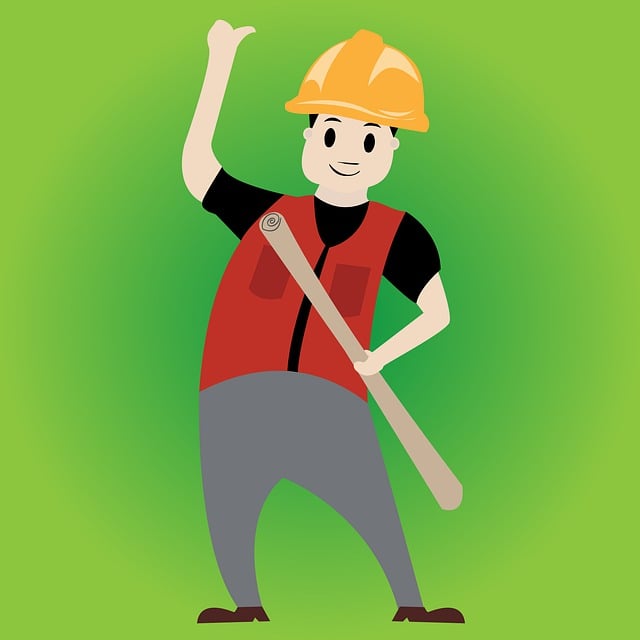
A qualified CoolSculpting technician is paramount to ensuring a safe and effective treatment experience. These professionals are trained extensively in the latest CoolSculpting techniques, allowing them to apply the technology with precision and expertise. Their role extends beyond simply operating the device; they assess each patient’s unique needs, discuss expectations, and provide post-treatment care instructions.
The technician’s skill set is crucial for achieving optimal results. They precisely target fat cells while sparing surrounding tissues, minimizing discomfort and side effects. Furthermore, their knowledge of anatomy and physiology enables them to navigate areas with sensitivity, such as the abdominal region or upper arms. Ultimately, a qualified CoolSculpting technician contributes significantly to a positive treatment journey, ensuring patients receive the best possible outcomes.
Ensuring Safety: Precautions and Guidelines for the Procedure
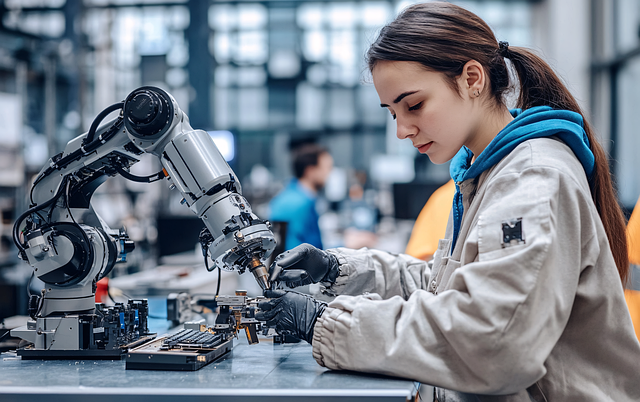
When considering CoolSculpting, ensuring safety should be your top priority. This non-invasive fat reduction procedure involves advanced technology that, when administered incorrectly, could lead to adverse effects. A qualified CoolSculpting technician is trained to understand and adhere to strict guidelines to safeguard your well-being during the treatment. They’ll assess your medical history, identify any potential risks, and determine if CoolSculpting is suitable for you. During the procedure, these professionals carefully apply the cooling device to target areas, monitoring your comfort level and vital signs throughout.
Proper technique is paramount to achieving safe and effective results. Your technician will adjust the settings based on your body type and treatment goals, ensuring minimal discomfort. They’ll also provide post-procedure care instructions to promote healing and manage any temporary side effects. Trusting a certified CoolSculpting technician reduces risks and increases the likelihood of successful fat reduction with minimal downtime.
Proper Technique: How an Expert Technician Executes the Treatment
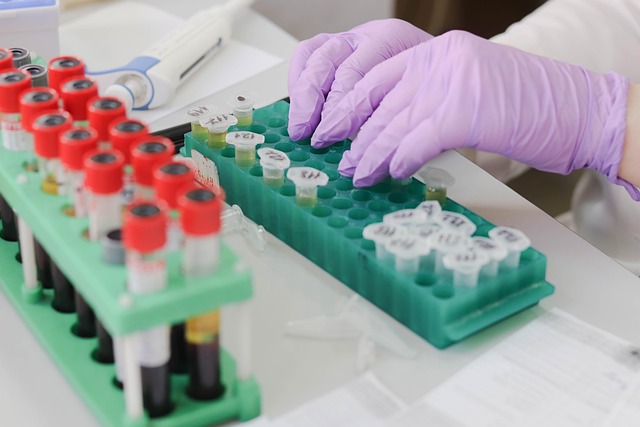
When undergoing CoolSculpting, the expertise of the technician is paramount. A skilled CoolSculpting technician understands the anatomy of the treatment area and can precisely apply the device to target fat cells. They ensure optimal contact between the applicator and skin, which is crucial for effective cryo-cooling. The technician also monitors the patient throughout the procedure, adjusting settings as needed to maintain safety and comfort. This expertise translates to more consistent results, minimizing discomfort, and reducing the risk of adverse effects.
Proper technique involves not just the physical application but also a deep understanding of individual patient needs. A qualified technician considers factors like skin thickness, fat distribution, and medical history. They tailor the treatment accordingly, maximizing fat cell cryo-damage while preserving surrounding tissue. This personalized approach, combined with precise technique, ensures that patients receive a safe, effective, and pleasant CoolSculpting experience.
Uncovering Best Practices for Optimal Results
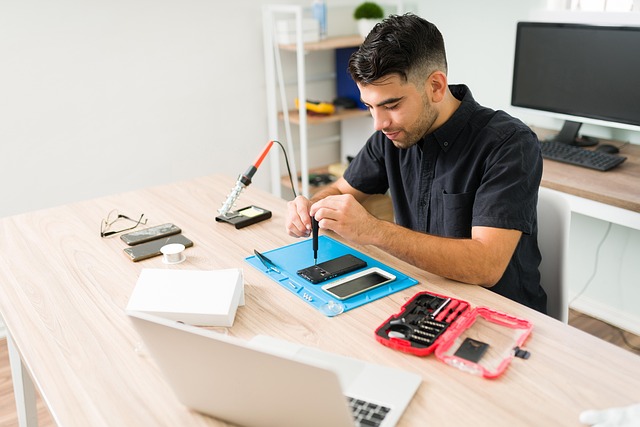
Uncovering best practices is key to achieving optimal results with CoolSculpting. When choosing a provider, look for certified and experienced CoolSculpting technicians who stay updated on the latest techniques and research. They should be adept at tailoring treatments to individual needs, ensuring safe and effective procedures.
A skilled technician will conduct a thorough consultation, assess your body areas of concern, and recommend the most suitable treatment plan. During the procedure, they’ll precisely apply the CoolSculpting device, targeting fat cells without affecting surrounding tissues. Proper technique is paramount to achieving the desired slimming results and minimizing discomfort or side effects.
Building Trust: Qualifications, Certification, and Experience Matter
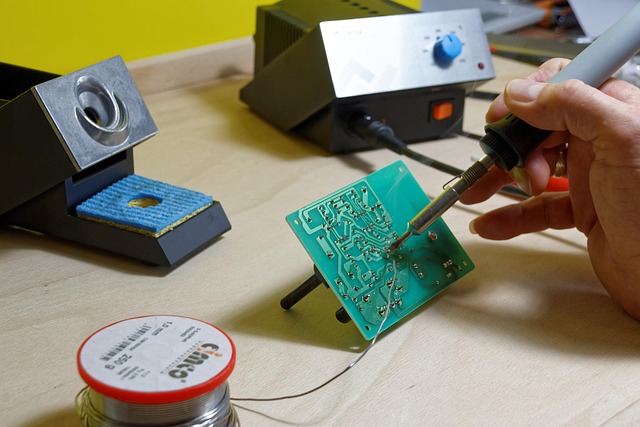
When considering CoolSculpting, building trust with your provider is paramount. Qualifications, certifications, and experience are key indicators of a competent and reliable CoolSculpting technician. Look for practitioners who have undergone formal training and received certifications from reputable institutions. Experience in performing CoolSculpting treatments is equally important, as it reflects their proficiency in applying the technology safely and effectively.
A qualified technician understands the nuances of the procedure, ensuring precise placement of the device and optimal settings for your specific needs. Their expertise minimizes risks and potential side effects, allowing you to achieve the desired results with confidence. Trusting a well-qualified professional sets the stage for a successful treatment experience.
